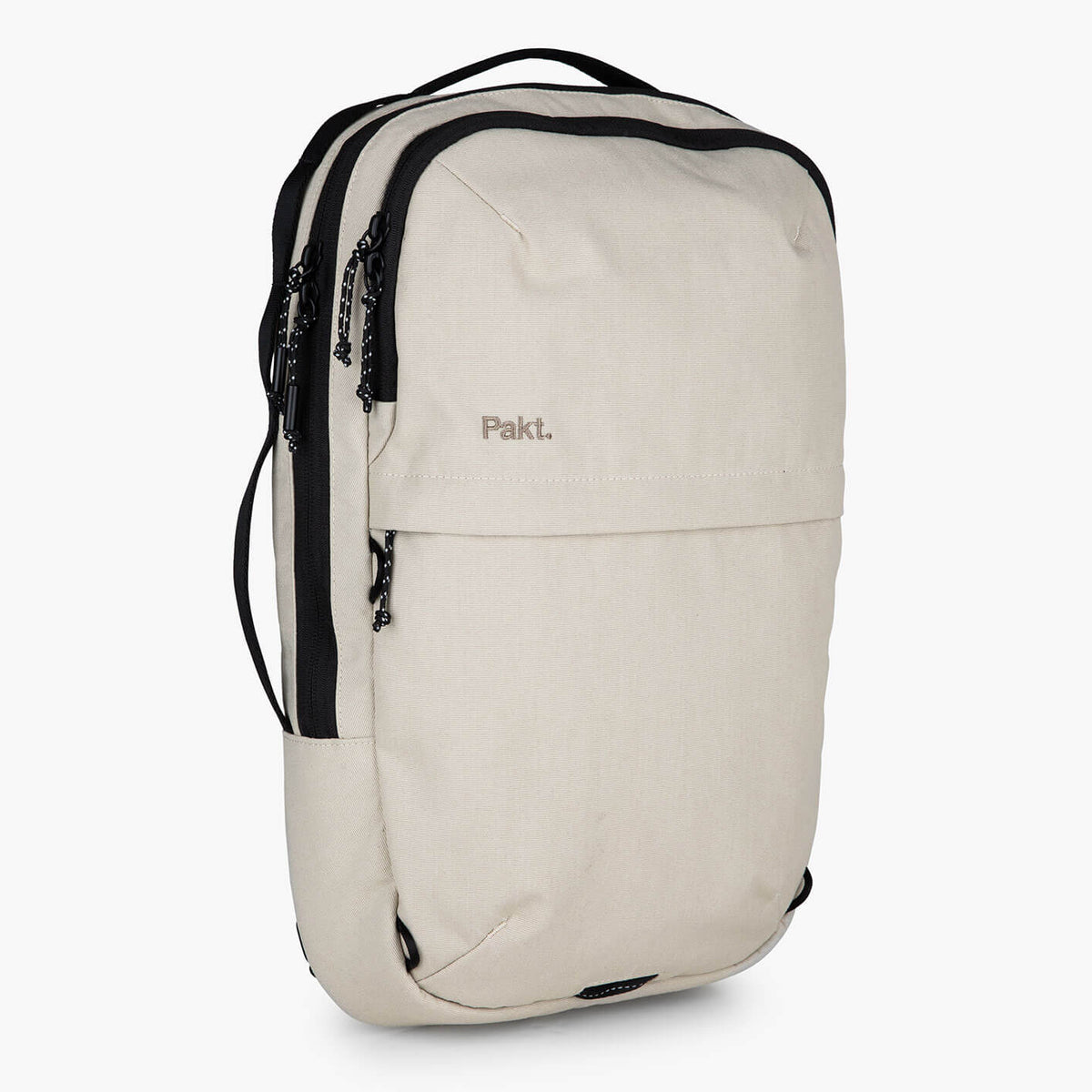SeaHive & The Plastics Industry
The plastic industry is growing like never before, and the ocean pollution crisis is growing right along with it.
On average, humans ingest approximately 2,000 particles of plastic a week. These tiny pieces come through water, food and even air, according to the study sponsored by the World Wildlife Fund for Nature. So basically, we’re eating a credit card a week.
Currently, the United States is one of the top countries polluting the ocean with plastic (#20 out of 192 countries). According to a report from the United Nations Environment Programme, the estimated cost of ocean plastic pollution on fishing, tourism, and shipping is at least $13 billion annually. The effect of all of this pollution on human health is not yet fully understood.
If we do nothing about this growing problem, the amount of plastic in the global environment could triple by 2060 according to a study published last year in Nature.
So, now that we’ve scared ourselves and everyone reading this, let’s get to some solutions.
Plastic-Free Packaging with SeaHive
40% of plastic produced is for packaging, and plastic packaging is almost exclusively single-use. This means that almost all of the plastic packaging produced ends up in a landfill or polluting our environment. At Pakt, in partnership with our sister company, SeaHive, we source and design packaging that is 100% plastic-free for all Pakt products. We also document the entire process, so that we can share our learnings with any companies that are interested in eliminating plastic from their supply chain.
Our mission at SeaHive is to empower companies to reduce single-use plastic in their packaging, for the sake of our oceans and the environment. We share everything we have learned about reducing plastic in packaging in an open-source manner. This way, when a company or entrepreneur is ready to make the switch to more earth-friendly and ocean-safe packaging, the information is available to them at the click of a button.
If you know of a company that may be interested in exploring plastic-free packaging solutions, or know of a designer or packaging supplier who may want to join the directory, send them here.
Reduce Use
Fighting the plastic problem is complicated, but there are things we can do everyday to help.
The most immediate way you can help is to start reducing your own use of single-use plastics such as plastic bags, water bottles, straws, cups, utensils, take-out containers, etc. Purchasing reusable coffee cups, water bottles, bags and utensils and carrying them with you is the easiest way to refuse the plastic items. For a list of reusable options, head here.
Recycle- Properly
Only 9% of plastic is recycled worldwide. It’s important to understand how to recycle plastic properly to reduce the amount of “new” plastic in circulation. Earth911 has a recycling directory you can reference. It's also important to check with your local recycling center about the types of plastic they accept.
Use Your Voice
To combat the plastic problem on a regular basis, we have to communicate why we’re making the choices to not use plastic.
- If you receive a package and notice it has plastic packaging, use the SeaHive letter template at the bottom of this page to ask companies to look for sustainable packaging solutions.
- When you refuse single-use plastic items, help businesses by letting them know that you would like them to offer alternatives.
- You can support the adoption of bans on single use plastic bags, takeout containers, and bottles in your community. For a list of resources for legislative bodies considering limiting the use of plastic bags, visit here.
Learn More
For more on the problem, the solutions and what others are doing, check out some of these great resources.
- SeaHive is a resource for both consumers and companies to make more earth-friendly packaging choices.
- For an overview of Plastics in America and beyond, visit this article by the Washington Post.
- For a deep dive into the expanding plastic industry, check out this recent episode on Frontline, called Plastic Wars.
- For future scenarios of global plastic waste generation and disposal, check out this study by Nature.
- Rolling Stone lays out all the contributing factors as to how the plastic crisis was kept secret for decades in this recent article.
- Garbage Island - This documentary sails you to the Great Pacific Garbage Patch: a mythical, Texas-sized floating concentration of our trash.




